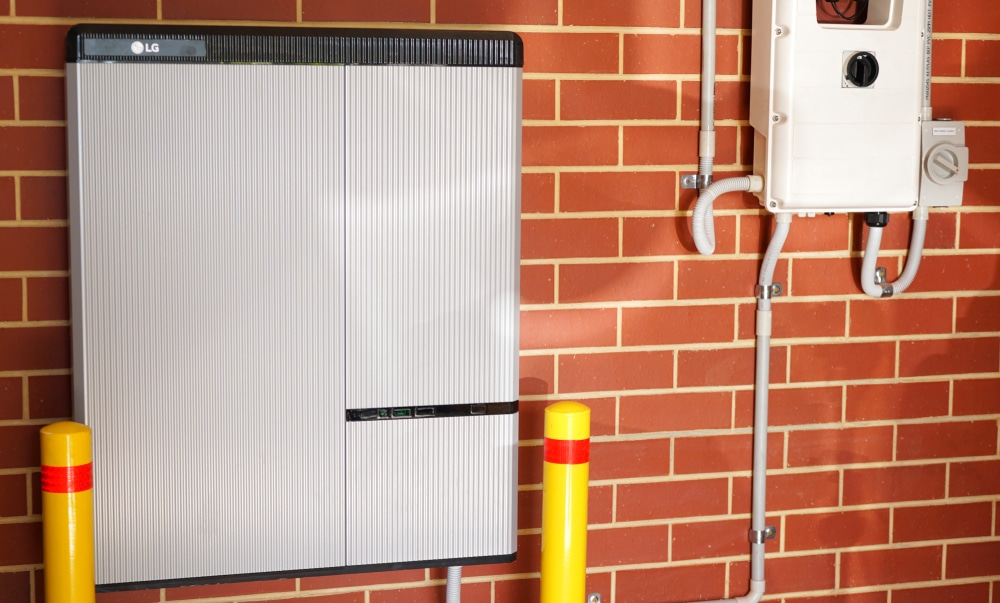So you are thinking about installing a solar system – you’ve got us smiling.
Welcome to the world of renewable energy, where you can sleep soundly at night knowing your heating or cooling system isn’t going to send you to the poorhouse.
You can also enjoy knowing that you are doing your part to combat climate change, improve your carbon footprint, and transition to the new way of powering your household. There’ a lot to look forward to in this space, and you’ve made the transition at a good time.
So what do you need to know? Ultimately, there are three main parts that make up your solar power system: the panels, battery storage and the inverter.
Okay, so what is the inverter?
Essentially, this converts direct current (DC) electricity into alternating current (AC) power. Solar panels are built to turn sunlight into DC energy but your home needs AC current to run all of your lighting and appliances, so the inverter is a very important part of the setup. There are many different types of inverter on the market, though, so which one should you be purchasing with your system?

How do I know what size solar inverter to buy?
Your inverter should be aligned with the DC rating of the solar system itself So, if you have a 6 kilowatt (kW) system you will need an inverter that is around the 6000 W mark to match it. It is perfectly fine if your inverter is slightly smaller or larger, but you want it to be about the same size as your system so that all of the DC current being produced can be transformed into usable AC electricity for your home.
How many watts do you need to run a house on solar?
This is a good question as it ties into not only the inverter size, but how many panels you are going to need on your roof to fully power your home. At the very least, you are going to need a 1500 W inverter and a 1.5 kW system but this is really only an entry point and designed for small homes with minimal electricity usage.
There are also two figures you need to take into consideration, continuous power and peak/surge power. The continuous power rating is for the watts that your inverter will be supplying around the clock to power your home. Peak/surge is the rating required for starting up the bigger appliances like your fridge or air-conditioning which can require 3-7 times the wattage.
You can use devices like smart metres to determine your home’s power needs, both continuous and peak/surge and align that data with the system you need to purchase. This is also a golden opportunity to get to understand your energy usage so you can make small changes that will make a big difference to your electricity bill as well.
Get rooftop solar panels in Melbourne. Energy Matters has a nationwide network of trusted local solar installers in Melbourne that you can access today that can provide you with up to 3 Free Solar Quotes. Complete our quick quiz and switch to solar in Melbourne today.












































